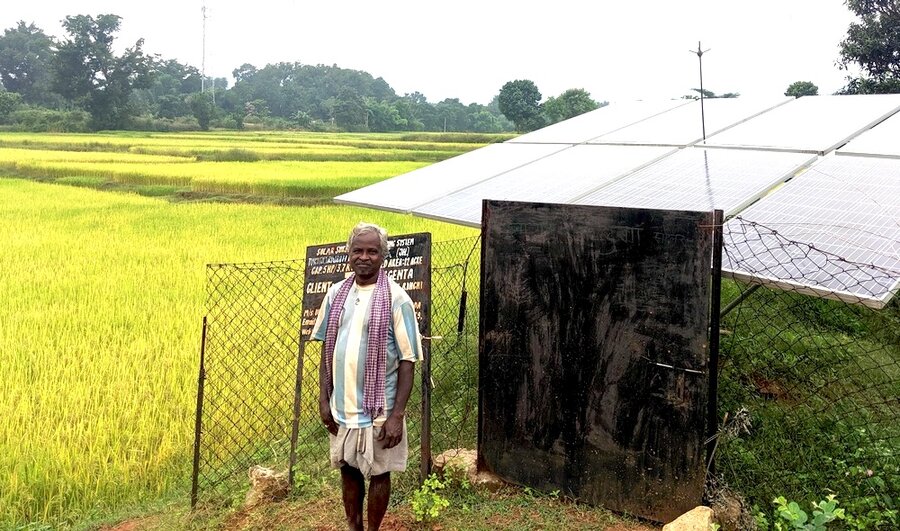Tapping ingenuity in rural farmers
Loading...
For decades, one of the world’s lesser-known food agencies, the International Fund for Agricultural Development (IFAD), provided grants and loans to small-scale rural farmers who grew mainly three grains: wheat, rice, and maize. Then as climate change forced a need for more innovation in farming, the fund realized it must listen to all farmers, especially Indigenous ones. Today it supports “underutilized” grains – such as barnyard millet, foxtail millet, finger millet, and little millet – many of which can survive extreme weather.
The great shift in thinking was that ingenuity may lie far behind the lab scientist devising new species of crops. It is freely found among those small farmers who till less than 25 acres and produce one-third of the world’s food.
Last week, at a global meeting of IFAD in Rome, the focus was on how innovation anywhere can help create a food-secure future. “Many innovations are developed in collaboration with the people we work with on the ground,” said the fund’s president, Alvaro Lario. “Agri-entrepreneurs in developing countries are some of the most innovative and dynamic entrepreneurs in the world.
“We don’t bring innovations to them – they bring innovations to us.”
He added that rural people’s unique knowledge of farming and local landscapes is increasingly offering solutions to adapting to climate change. “There are real grounds for hope,” Dr. Lario said.
For the rural poor who often live in harsh environments, living sustainably is second nature, requiring individual creativity as well as collaboration with others. When material resources are limited, such as during a drought, rural people rely on an unlimited resource: innovation.
An estimated two-thirds of the world’s poor people work in agriculture. Their centuries-old abilities at problem-solving remain a largely untapped resource for a world coping with new weather patterns. The task for food agencies like IFAD, said Dr. Lario, is to ensure “that the voice of small-scale producers and vulnerable rural communities resonates ... from the local levels to global forums.”







